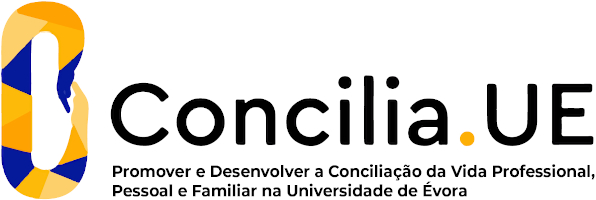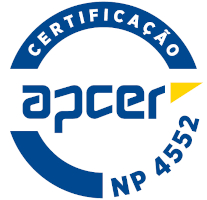2024
Populations Biology
Name: Populations Biology
Code: BIO12410L
3 ECTS
Duration: 15 weeks/78 hours
Scientific Area:
Biological Sciences
Teaching languages: Portuguese
Languages of tutoring support: Portuguese, English
Regime de Frequência: Presencial
Presentation
"Population Biology" is an essential basic knowledge to understand the mechanisms of "Conservation Biology".
To understand the interactions of populations with their environment and genetic mechanisms effects it is fundamental knonwedge to understand the "Evolution".
To understand the interactions of populations with their environment and genetic mechanisms effects it is fundamental knonwedge to understand the "Evolution".
Sustainable Development Goals
Learning Goals
Aims:
To understand the aims of the ecological modeling.
To understand the ecological modeling as tool to analyze the most important factors regulating the
population growth.
To provide basic knowledge to interpret mathematical models which described the growth and frequency
genetic variations of the populations.
To relate this basic knowledge with population evolution.
- To understand Population Biology as basic knowledge of Conservation Biology.
Skills:
- Capacity for a critical view of mathematical models in Biology
To understand the aims of the ecological modeling.
To understand the ecological modeling as tool to analyze the most important factors regulating the
population growth.
To provide basic knowledge to interpret mathematical models which described the growth and frequency
genetic variations of the populations.
To relate this basic knowledge with population evolution.
- To understand Population Biology as basic knowledge of Conservation Biology.
Skills:
- Capacity for a critical view of mathematical models in Biology
Contents
1. Population Ecology/Dynamic ecology
1.1. Isolate population Exponential growth model
1.2. Isolate population Logistic growth model
1.3. Fragmentation habitats and Metapopulations
1.4. Population growth models applied to habitat conservation.
1.5. Two populations growth under biotic relation of Competition and Predation (Lotka-Volterra models)
2. Genetic population and Evolution
2.1. Hardy-Weinberg equilibrium model
2.2. Frequency genetic variation models based on evolution forces: Mutation, Migration, Natural selection,
Genética drift and Inbreading.
1.1. Isolate population Exponential growth model
1.2. Isolate population Logistic growth model
1.3. Fragmentation habitats and Metapopulations
1.4. Population growth models applied to habitat conservation.
1.5. Two populations growth under biotic relation of Competition and Predation (Lotka-Volterra models)
2. Genetic population and Evolution
2.1. Hardy-Weinberg equilibrium model
2.2. Frequency genetic variation models based on evolution forces: Mutation, Migration, Natural selection,
Genética drift and Inbreading.
Teaching Methods
Learning will be based on active work and participation of the students.
Lectures and practical classes for application of theoretical knowledge, by numerical examples,
simulations and discussion of scientific papers.
The evaluation consists in individual theoretical global tests (60 to 70%) and an exploratory work develloped during the semestre based on ative exploration of the validate information from several databases (40 to 30%)
Lectures and practical classes for application of theoretical knowledge, by numerical examples,
simulations and discussion of scientific papers.
The evaluation consists in individual theoretical global tests (60 to 70%) and an exploratory work develloped during the semestre based on ative exploration of the validate information from several databases (40 to 30%)





















